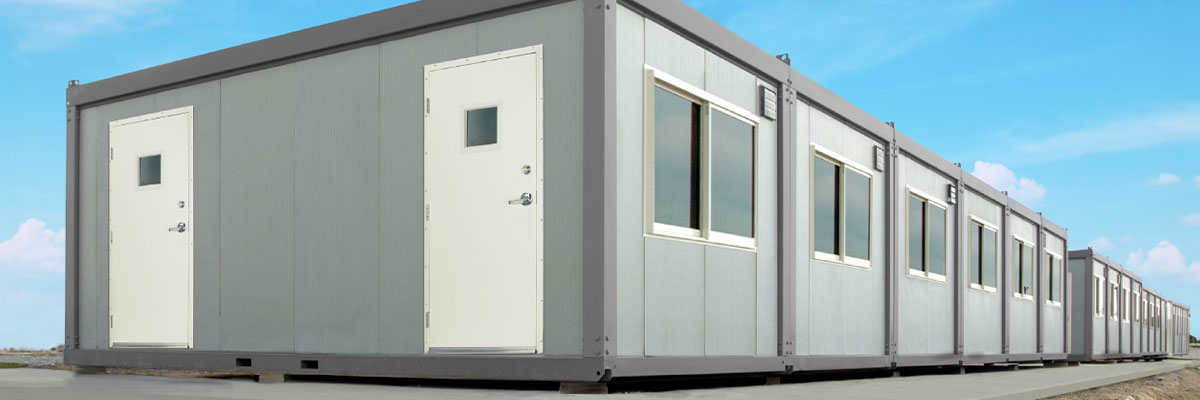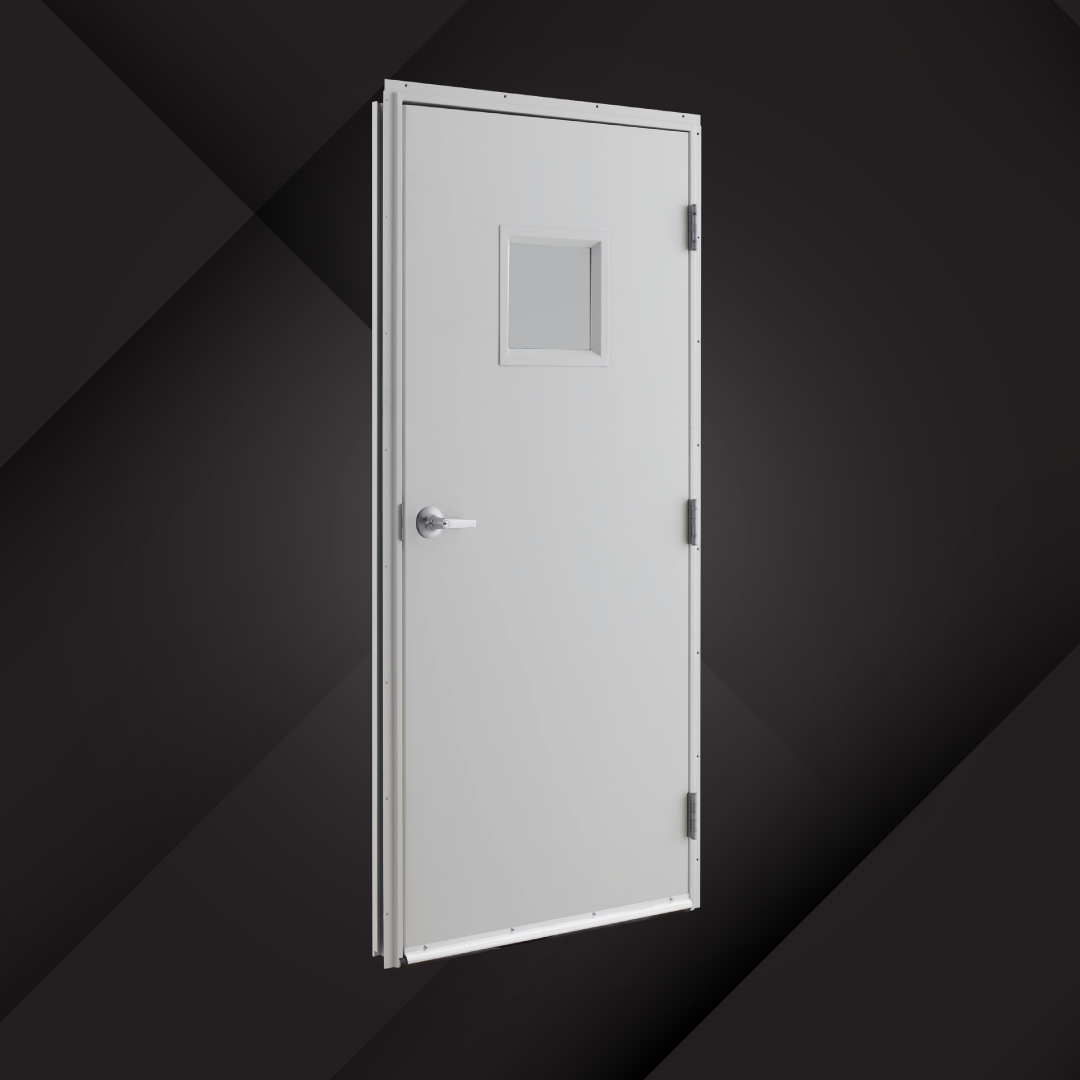Unlocking Top Considerations for Modular Construction

Putting the Pieces Together
Imagine constructing a building as if it were a LEGO set. Construction crews meticulously craft each block-shaped module in a factory, transport it to a building site, and snap it into place quickly and effortlessly. More designers are adopting this model of construction, creating a prototype for more efficient construction.
The result: Projects completed in half the time of traditional construction.
Traditional onsite construction involves skilled laborers from numerous trades, causing additional levels of coordination for designing, fabricating, transporting, and assembling onsite. Timelines are often delayed. Skilled laborers are hard to come by. Quality and inspections are more challenging to coordinate.
With modular construction, the projects take place primarily in a controlled manufacturing setting, eliminating variables like weather, material handling, skilled labor access, equipment, setup, safety, transportation and more. This significantly optimizes the construction cost and output.
Whether the result is permanent structures or relocatable structures, modular buildings are built with the same structural integrity and quality control as onsite construction. As the industry searches for ways to construct buildings more efficiently, the modular approach represents a viable solution.
Choosing the right doors and hardware plays a crucial role in modular construction, from functionality and durability to installation and integration.
Structural Integrity Meets Durability
While structural integrity and durability are fundamental considerations for any building, modular buildings often must deal with common misconceptions that they are inherently insecure. Modular buildings are as structurally sound as traditional built-on-site structures. Given this, specifiers are faced with answering the customary questions when selecting doors and hardware:
- How do the doors integrate into the overall modular structure?
- How will the doors withstand transportation stresses?
- What considerations are in place for weatherproofing and sealing?
- What materials provide the greatest long-term durability?
- Will the doors and door hardware comply with fire safety/accessibility codes?
Modular doors can be engineered from a variety of materials such as steel, aluminum, and wood to incorporate into durable wall, roofing, and flooring systems. Manufactured in a controlled factory environment, precise engineering ensures that each door meets the specifications to minimize errors and inconsistencies in the process. At each stage, final assemblies are inspected to identify any defects or deviations to maximize quality control.
To withstand the stresses of transportation to the construction site, components are engineered to be sturdy so they can be securely transported to the site without damage. Modules are designed to seamlessly integrate with each other and traditional construction methods to ensure long-term stability.

Cutting Back: The Sustainable Solution
Resource efficiency, long-term resilience, and environmental responsibility are key benefits of modular construction. Sustainability is shaping the construction industry, especially modular construction techniques. With a simpler construction process, projects can be completed anywhere from 30 to 50% sooner than traditional construction, contributing to overall sustainability.
Instead of working on a jobsite, working in one centralized location allows access to any machinery, templates, cranes, and a skilled labor pool. This method allows crews to reduce material waste with precise measurement compared to discarding excess materials. With modular construction, product waste is minimal, creating more sustainable modules.
The controlled environment allows for better inventory management and optimization of material usage, minimizing over-ordering and reducing the environmental impact of resource extraction and production. Research by the Modular Building Institute suggests that modular buildings can be up to 15% more energy efficient than conventional buildings due to higher insulation values, airtightness, and reduced energy consumption during the building phase.
Modular Innovation: Relocatable vs. Permanent
Depending on the intended use and application, modular construction can differ depending on whether the building is a permanent or relocatable structure. Permanent construction refers to structures that are not intended to be moved once they are constructed. These structures are typically more complex and durable, given they are designed to withstand wear and tear over several years.
On the other hand, relocatable construction is designed to be easily disassembled, moved, and reassembled in a different location. These structures are typically temporary or semi-permanent and are often used in situations where mobility or flexibility is required, such as construction sites, events, or temporary housing.
With faster construction timelines, modular construction requires the need for products with expedited lead times. The Telstar Door by Tell Manufacturing offers a cutting-edge solution for relocatable modular construction projects, embodying a fusion of innovation, functionality, and durability. Designed with nail fin edge frames, similar to what you see on window frames, the Telstar is a pre-assembled door and frame system that’s quick and easy to install. Engineered for energy efficiency and thermal insulation, this door enhances the sustainability and comfort of modular buildings while requiring minimal maintenance.
The New Frontier
Modular construction has experienced a profound evolution and transformation, evolving from its early roots of prefabricated, temporary structures to becoming a cornerstone of modern-day permanent construction. Like a missing puzzle piece, the key to modular construction is selecting the right materials, those that are ready to assemble on the jobsite for simple, efficient construction.
This same philosophy applies to the specification of doors and door hardware for a modular building. Specifiers and designers must ensure that the selections they make are easy to assemble in a controlled environment; will withstand the rigors of travel; and will remain durable, reliable, and secure throughout the life of the building.